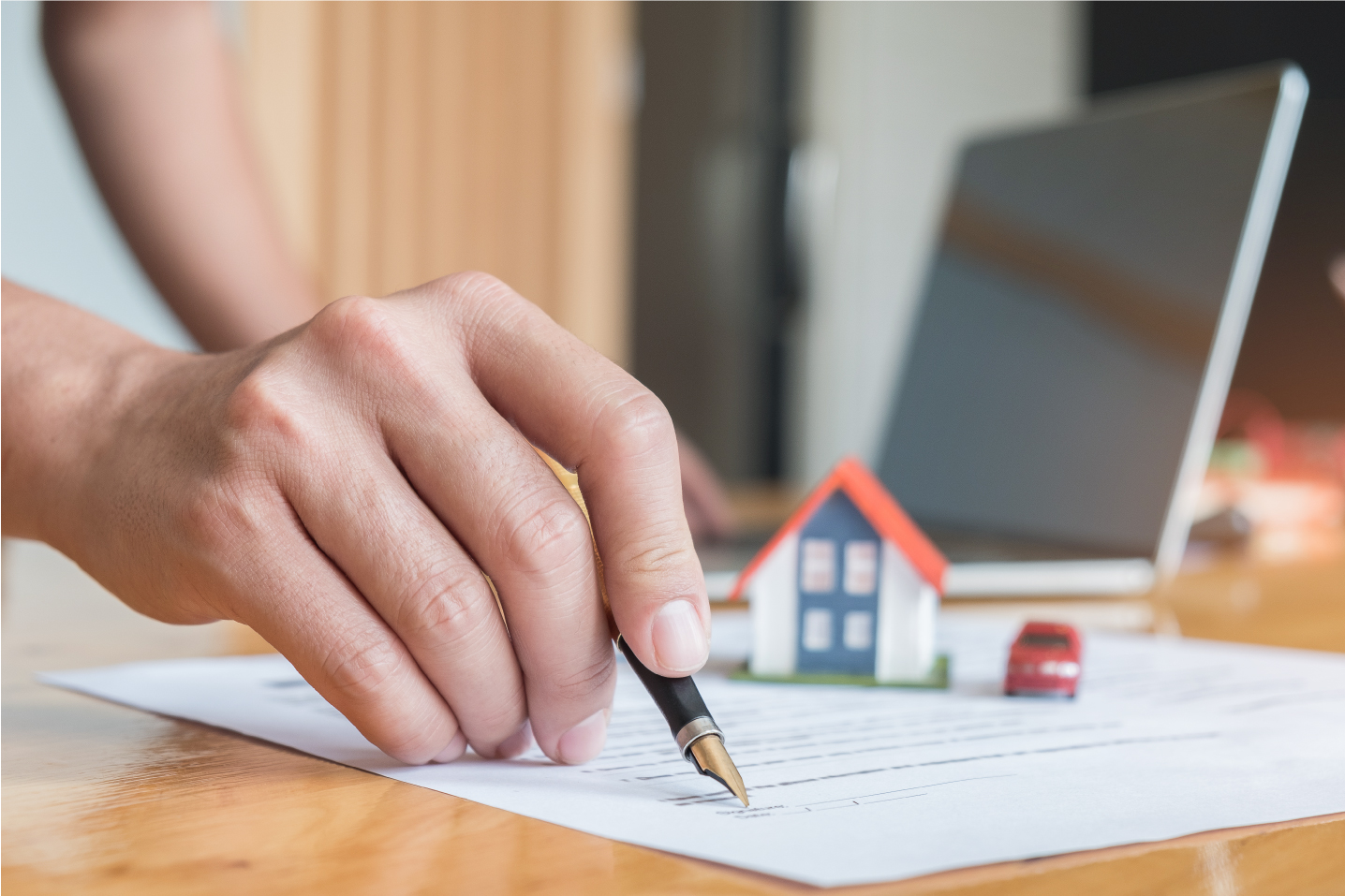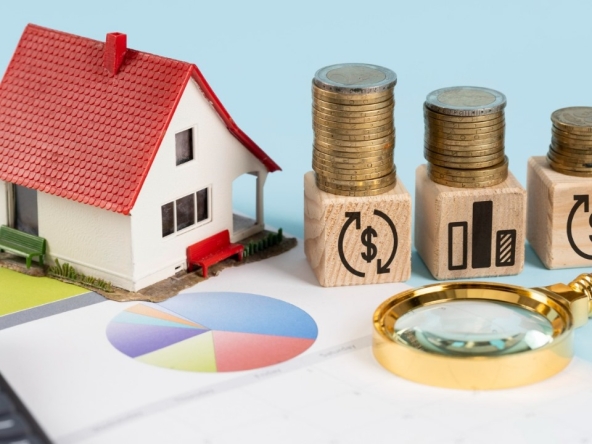Pricing your home is a critical decision that can significantly influence how quickly your property sells and the profit you make. Set the price too high, and you risk driving away potential buyers. Set it too low, and you might not get the return on investment that your property deserves. In this blog post, we’ll explore the essential do’s and don’ts of pricing your home right to help you make an informed decision.
The Do’s:
Do Conduct a Comparative Market Analysis (CMA)
A CMA involves analyzing similar properties in your area that have recently sold. It provides valuable insights into the current market trends and helps you determine a competitive and realistic price for your home.
Do Consider Your Home’s Unique Features
Take stock of your home’s special features, such as a renovated kitchen, spacious backyard, or prime location. These features can justify a slightly higher price tag than similar homes in your neighborhood.
Do Factor in Market Conditions
Real estate markets are dynamic. Your pricing can be more aggressive in a seller’s market where demand exceeds supply. You might need to set a more competitive price in a buyer’s market to attract potential buyers.
Do Be Realistic About Repairs and Upgrades
Consider the condition of your home. If it requires significant repairs and upgrades, be realistic about their impact on the property’s value. Pricing your home accordingly can prevent potential buyers from being scared away by a long list of necessary fixes.
Do Listen to Your Real Estate Agent
Your real estate agent is your best ally in the home-selling process. They have the experience and knowledge to help you set the right price. Listen to their advice, especially if it aligns with the data from your CMA. Contact Full Circle Real Estate Austin now! Working with our top professionals can help you get the best possible price for your home and close in the quickest possible time.
The Don’ts:
Don’t Let Emotions Drive Your Pricing
It’s natural to be sentimentally attached to your home, but emotional attachment can cloud your judgment. Base your pricing on facts, figures, and market realities, not your emotional connection to the property.
Don’t Overprice for Negotiation Leverage
Some sellers believe that overpricing gives them room for negotiation. However, this strategy can backfire. Overpriced homes often linger on the market, making buyers wary, and can eventually sell for less than they would have if priced correctly from the start.
Don’t Ignore the Importance of the First Few Weeks
The initial weeks after listing your home are crucial. A well-priced home attracts more attention and can lead to multiple offers, creating a sense of urgency among buyers. If your home is overpriced during this period, you might miss out on this golden opportunity.
Don’t Disregard Feedback from Showings
Pay attention to the feedback if your home is getting showings but no offers. Buyers and their agents often provide valuable insights. If multiple viewers mention that your home is overpriced, it’s a sign that adjustments are needed.
Don’t Rely Solely on Online Valuation Tools
Online tools can provide a rough estimate of your home’s value, but they lack the nuance and accuracy of a professional CMA. Use them as a starting point, but rely on the expertise of your real estate agent for a more precise valuation.
The Final Thoughts
In conclusion, pricing your home right requires research, market awareness, and objectivity. By following these do’s and don’ts, you can set a competitive price that attracts buyers, ensures a timely sale, and maximizes your return on investment. Remember, a well-priced home is the key to a successful and profitable real estate transaction.
Are you selling your home? Contact us now! We can make you a quick cash offer or help you list your home for sale on the market.



